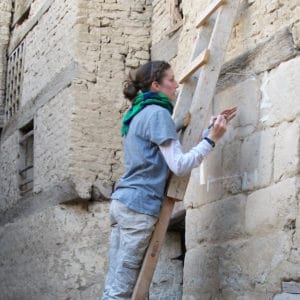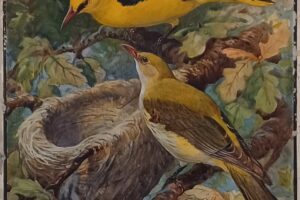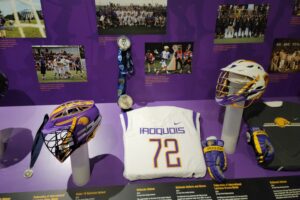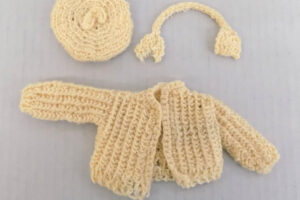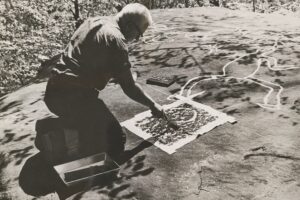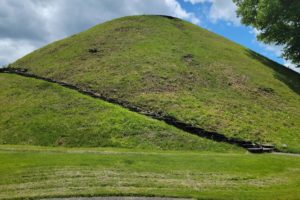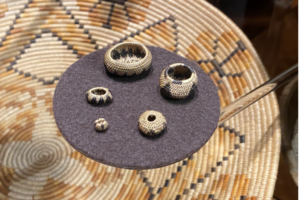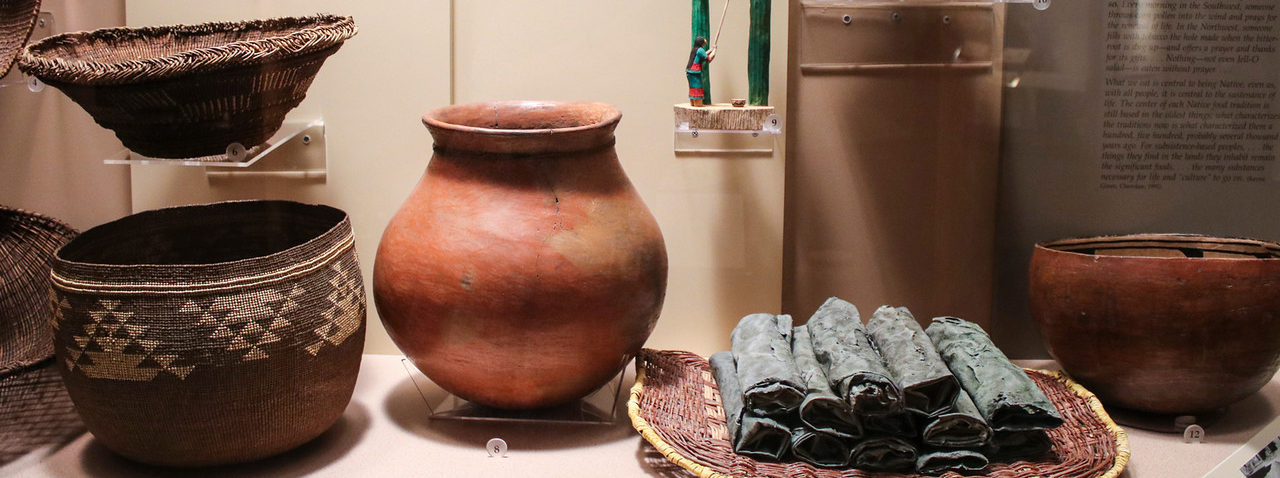
ANTHROPOLOGY & ARCHAEOLOGY AT CARNEGIE MUSEUM OF NATURAL HISTORY
The Section of Anthropology and Archaeology staff has conducted research on a wide range of topics through the decades. In addition to the investigations made by the museum’s curators and collection managers, qualified academics and professionals in studies on a variety of subjects are welcome to use the collection. Affiliated research and field associates enhance the staff’s archaeological and ethnological research throughout the world.
Current archaeological research encompasses numerous areas of investigation, including the re-examination and interpretation of archival photographs and collections from previous field expeditions in southeast Utah. Previous prehistoric archeological research included the documentation of the domestication of the horse in the Eurasian steppes (with a research focus predominantly in Kazakhstan), the origins and development of the Arabian horse breed, and Saudi Arabian prehistory. Previous research also included a focus on Native American maritime adaptations on Martha’s Vineyard as well as research on a variety of topics in the Caribbean, Peru, and western Pennsylvania. Work in historical archaeology included investigations in commercial urban centers in Pittsburgh.
Current ethnological research includes the identification of organic materials used in personal adornment by native peoples of the Amazon basin of South America and the origins and development of weaving by American Indians in eastern North America. In the past, ethnological research focused on traditional women’s art of the Lakota of South Dakota, American Indian tourist and folk art, and the significance of costume styles of the Quichua of Ecuador.
The museum’s Section of Collection Care and Conservation works closely with the Section of Anthropology and Archaeology to ensure that the objects in the collection are in a stable condition and accessible for exhibit and research.
The Section of Anthropology and Archaeology Collection Highlights
The Section of Anthropology and Archaeology at Carnegie Museum of Natural History contains major research collections of over 100,000 ethnological and historical specimens and over 1.5 million archaeological artifacts. The impressive collection of the Section of Anthropology is worldwide in scope, but also contains special collections of ancient glass, historic and ethnographic dolls, and lighting devices.
The museum maintains significant collections of specimens from the following regions:
| North America | Central and South America | Africa | Asia | Oceania |
| Arctic | Amazonia | Egypt | China | Papua New Guinea |
| Southwest | Costa Rica | Japan | ||
| Plains | ||||
| Northwest Coast | ||||
| Upper Ohio Valley |
Section of Anthropology and Archaeology Collection Inquiries
Scholars and researchers are welcome to schedule a visit to the Edward O’Neil Research Center—Carnegie Museum of Natural History’s satellite location where most of the anthropological collection is located. Contact a staff member from the Section of Anthropology and Archaeology for any inquiries or to schedule a visit, and please ask for directions.
Anthropology and Archaeology Blogs

Celebrating Women in the Natural History Art Collection
by Olivia Buehler Within the collections of the Carnegie Museum of Natural History, one may be surprised to find more than the …
Tribal Museums Day and Promoting Indigenous Authors
by Amy L. Covell-Murthy The Association on American Indian Affairs (AAIA) celebrated its 100th anniversary in 2022, making it the oldest non-profit serving …
Celebrating Indigenous Peoples’ Day 2023
by Amy Covell-Murthy Indigenous Peoples’ Day is observed in the City of Pittsburgh alongside Columbus Day, and I would like to suggest …
Staff Favorites: Dolls in the Museum’s Care
Barbie size white sweater, hat, and ear muffs
Bringing A Little O-Gah-Pah to Pittsburgh
by Amy L. Covell-Murthy It is important for Carnegie Museum of Natural History (CMNH) to maintain relationships with the diverse Indigenous communities …
New Vision of Old Rock Art
by Georgia Feild Carnegie Museum of Natural History has always been a prized resource of knowledge, inspiration, and support for me. From …
Celebrating Indigenous Peoples’ Day 2022
by Amy L. Covell-Murthy Indigenous Peoples’ Day is observed in the City of Pittsburgh concurrently with Columbus Day, and I would like …
A Trip to Grave Creek Mound
by Amy L. Covell-Murthy It was my pleasure to organize a field trip for Anthropology and Anthropocene staff, students, and friends to …
Grass Baskets of the Chumash
by Phillip Mendenhall On archaeological excavations we typically remove overlying vegetation as part of the process of looking for evidence of the …
Section of Anthropology and Archaeology Collection Featured in Museum Displays
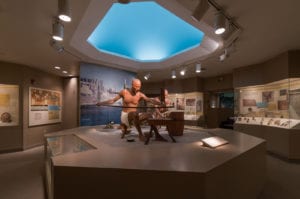
Ethnographic and archaeological artifacts are included in three museum exhibition halls. Walton Hall of Ancient Egypt contains a 3,800-year-old funerary boat from the pyramid complex of Senworsret III discovered at the site of Dashur, a reproduction of a middle-class tomb, and hundreds of artifacts that illustrate the aspects of ancient Egyptian daily life.
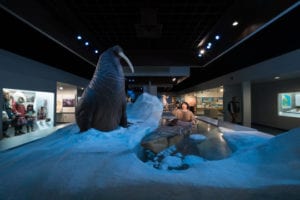
Polar World: Wyckoff Hall of Arctic Life contains many of the collections’ artifacts, which portray 4,500 years’ worth of cultural change and adaptation among the Inuit. Dioramas, photographs, artifacts, and a reproduction of an igloo illustrate the effects of the arctic environment, the consequences of European exploration, the impact of the whaling industry, and the influence of government policies on Inuit culture.
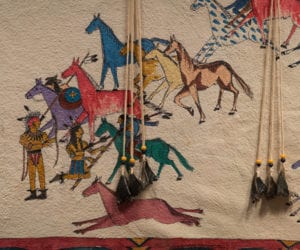
Alcoa Foundation Hall of American Indians emphasizes the interactions of Native American people with the natural world. Through exploration of five groups—the Lakota of the plains, the Tlingit of the northwest coast, the Hopi of the southwest, the Iroquois of the northeast, and American Indians living in urban areas—visitors gain an appreciation for the diversity and creativity of native peoples.


